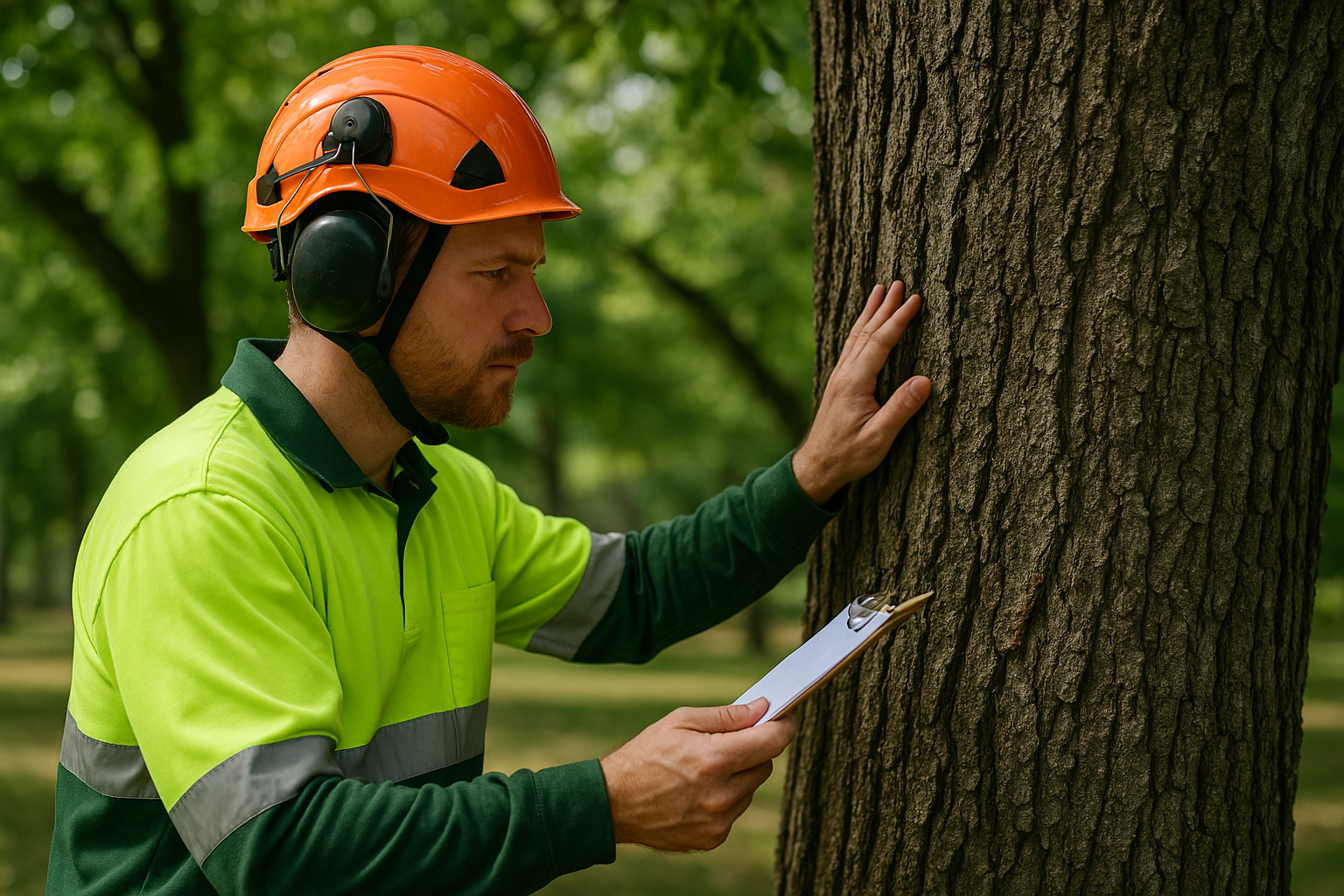The Importance of Winter and Spring Feeding for Trees: A Guide by Canopy Solutions LLC
As the seasons change and the landscape shifts, the care and nourishment we provide to our trees is crucial to their health and vitality. At Canopy Solutions LLC, we believe that proper feeding during the winter and spring months sets the foundation for strong, resilient trees that thrive throughout the year. In this blog post, we will discuss the significance of winter and spring tree feeding and the benefits it brings to your trees.
Why Winter and Spring Tree Feeding Matter
1. Winter: Supporting Trees During Dormancy
During the winter, many trees enter a dormant phase where their metabolic processes slow down. This doesn't mean they stop needing nutrients, however. In fact, winter feeding helps ensure that trees have the necessary reserves of essential nutrients to start the growing season off right. Here’s how feeding in winter benefits your trees:
- Prevents Nutrient Depletion: Just because trees are dormant doesn’t mean their roots are inactive. Roots continue to absorb water and nutrients, albeit at a slower rate. By feeding your trees in late fall or early winter, you ensure they have a steady supply of nutrients available when their roots wake up in the spring.
- Promotes Strong Root Health: Deep root systems are the foundation of a healthy tree. Winter fertilization can encourage deep root growth, preparing trees for an active growing season. Nutrient-rich soil ensures that roots are nourished and ready to supply the tree with what it needs once the warmer weather arrives.
- Strengthens Tree Resilience: Winter can be harsh for trees, especially with the risk of extreme cold, snow, and ice. Feeding your trees during this time helps bolster their overall health, making them more resilient to the stress that winter weather can impose.
2. Spring: A Time for Growth and Renewal
As the days grow longer and temperatures rise, trees begin to emerge from their dormant state. This is the time when your trees start to use up the nutrients stored in their roots and leaves. Spring feeding is critical to support the renewed energy and growth required after the long winter months.
- Supports Early Growth: The early spring period is a critical time for trees to establish new growth. Providing proper nutrition during this phase helps trees produce new leaves, flowers, and shoots. A well-balanced fertilizer with the right mix of nitrogen, phosphorus, and potassium encourages healthy, vibrant growth that will last all season long.
- Boosts Photosynthesis and Greenery: A tree’s foliage is essential for photosynthesis—the process by which they produce energy from sunlight. Fertilizing in spring helps ensure trees have the necessary nutrients to support robust leaf development, resulting in lush, green canopies that not only enhance the beauty of your landscape but also contribute to the environment by absorbing carbon dioxide.
- Improves Disease Resistance: Just as with winter feeding, spring fertilization helps strengthen the tree’s immune system. When trees are properly nourished, they are more likely to resist diseases and pests. Healthy trees are better equipped to combat stressors and minimize damage caused by insects, fungi, and pathogens.
Best Practices for Winter and Spring Tree Feeding
Proper feeding of trees requires the right balance of timing, technique, and nutrients. Here are some tips to ensure you’re providing your trees with the best possible care during winter and spring:
- Choose the Right Fertilizer: Use slow-release fertilizers that provide a steady supply of nutrients over an extended period. Organic options, like compost or mulch, are great for improving soil quality without overwhelming your trees with synthetic chemicals.
- Apply Fertilizer at the Right Time: Winter feeding should be done before the ground freezes, typically in late fall or early winter. For spring, it’s best to fertilize as soon as the ground thaws, usually early in the growing season.
- Water Before and After Feeding: Always water your trees before applying fertilizer. This helps nutrients penetrate the soil and reach the root system. After feeding, ensure that your tree continues to receive proper hydration to facilitate nutrient absorption.
- Don’t Overfeed: Overfertilizing can be harmful to your trees. Too many nutrients can lead to excessive growth, making trees more susceptible to diseases and environmental stress. Stick to the recommended amounts and be mindful of your tree species' specific needs.
Fertilizing Trees and Shrubs in The Landscape: A Professional Perspective
According to the International Society of Arboriculture (ISA), proper fertilization is essential for trees and shrubs in the landscape. They emphasize that fertilizing trees should be done in a way that mimics natural processes, ensuring that nutrients are available to the trees when they need them most. Nutrient imbalances can have long-term negative effects on tree health, making it important to take a measured approach when feeding your trees. For more detailed guidelines, refer to the ISA’s article, Fertilizing Trees and Shrubs in The Landscape, which outlines best practices for ensuring your trees receive the right nutrients at the right time. You can access the full article here.
Conclusion
Winter and spring are pivotal times in the life cycle of your trees. At Canopy Solutions LLC, we understand the importance of providing your trees with proper care and nourishment during these key seasons. By feeding your trees in the winter and spring, you help ensure they have the nutrients needed to thrive, grow, and withstand the challenges of the year ahead.
If you’re unsure about the right feeding strategy for your trees or would like professional assistance with fertilization, contact Canopy Solutions LLC today. We offer tailored tree care services that promote long-term health and vitality for your landscape.
Your trees are an investment in the future. With the right care, they’ll provide shade, beauty, and benefits for generations to come.
Contact Canopy Solutions LLC for Expert Tree Care Today!





